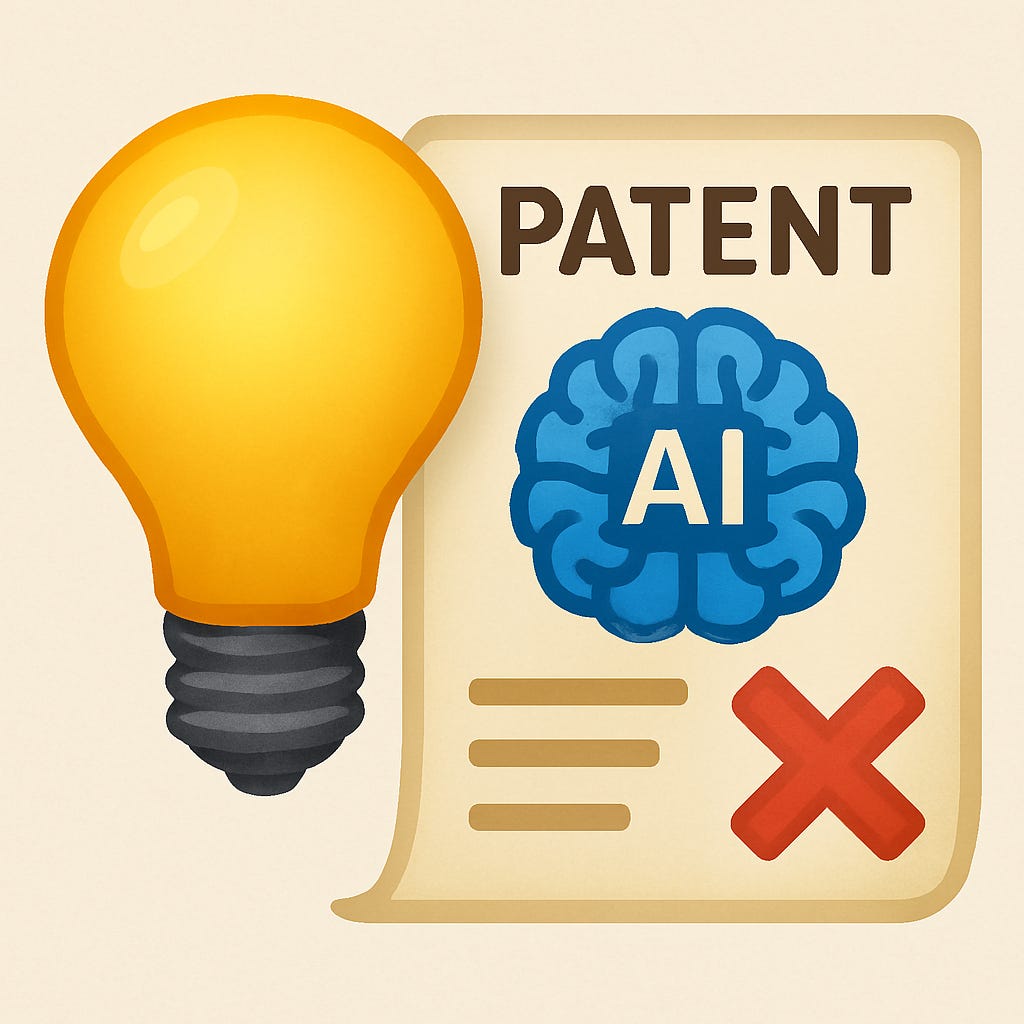No Patent for Google's Wide and Deep Machine Learning Models
Lacking in technical contribution
A recent decision T1998/22, dated 20 December 2024, from the European Patent Office’s Technical Board of Appeal of the European Patent Office (EPO) highlighted the challenges in filing patents on inventions in the field of artificial intelligence. The Board dismissed an appeal by Google LLC concerning European Patent Application No. 16826643.5, titled "WIDE AND DEEP MACHINE LEARNING MODELS"
.The Examining Division refused the application because the requests did not meet the requirements of Article 84 EPC (clarity) and Article 56 EPC (inventive step). Google appealed, but the Board of Appeals upheld the refusal and dismissed Google's appeal.
The Board's decision rested on the following key points:
Lack of Clarity (Article 84 EPC) - The Board agreed with the Examining Division that the term "wide machine learning model" in claim 1 was vague and unclear. The Board considered that this term did not have an established meaning in the art, and the appellant's argument that its meaning could be understood in contrast to "deep machine learning model" was not convincing. The only concrete example in the description was for "generalized linear models".
Lack of Inventive Step (Article 56 EPC) - The Board concluded that the claimed system did not provide any technical contribution beyond that of a conventional general-purpose computer and therefore lacked an inventive step. The system's difference lay solely in the stored instructions, which constitute a computer program. The method implemented by this program involved abstract inputs ("machine learning input comprising a plurality of features") and outputs ("a predicted output"), neither having an inherent technical character. The "deep" and "wide" machine learning models, along with the "combining layer," were considered to be abstract computational models of “a mathematical nature” without inherent technical character.
The examples given in the description (word prediction and product/app recommendation) were also not considered to be technical applications.
The Board also rejected Google's arguments regarding efficient storage, the ability to handle mixed data types, the idea that this would be useful for distributed or cloud computing, as well as the notion that only a technical expert could have devised the invention.
💡Recommendations
There are two lessons from the decision.
✅ Firstly, there is the challenge in the use of new terms in technology. The term “wide machine learning model” was not generally well-defined, and the patent description did not explain the concept sufficiently.
✅ Secondly, the claims must include a clear technical purpose or description. It’s not sufficient to say that the invention could be used for technical purposes (such as distributed computing or cloud computing). These purposes need to be part of the claim.
Interestingly, a corresponding patent was granted on the same invention in the United States.


